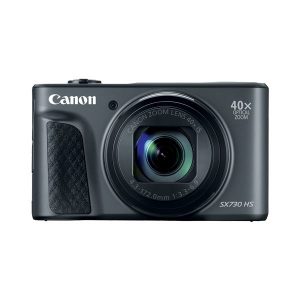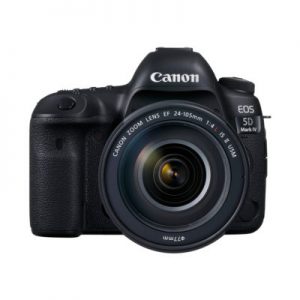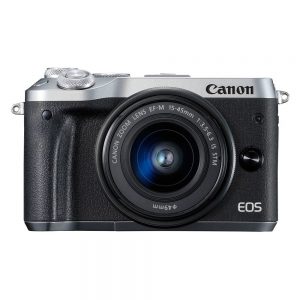DIfferent camera types
| Time | ~ 15 minutes |
| Level | Getting Started |
| Difficulty | EASY |
If you already have a camera,buying one or not interested in the differences you can skip this chapter.
Disclaimer; please mind this is not a buying guide but meant to give you some information about different types of digital cameras. Before buying, always consider what you would like to do with your camera and what functions you really need. Get informed by your local camera retailer and try some different models. A more expensive camera is not necesairily better for your needs, so if budget is an issue, please consider before buying as camera gear can get realy expensive pretty quickly. Thanks for reading and enjoy the post =)
Introduction
You are about to take your first step into the world of photography, great! It’s so much fun and there is a lot to learn. So once you start looking to buy a camera, you’ll notice there are lots of options to choose from. You’ve probably also noticed there are different types of camera’s; compact-camera, DSLR, mirrorless and what not. But what are the differences? And which one should you pick? First, let’s have a look at the different categories.
Different types of camera’s
Since we currently live in the 21th century, I’ll stick to digital cameras only and will leave smartphones out and to make it even more easy I’ll narrow it down to only three categories.
 |
Compact Camera Also known as ‘point-and-shoot’, compact cameras are in general considered entry-level models. They are light-weight, compact, and very portable. Most people will set the camera to automatic, which make it very easy to use as you don’t need to worry about the settings. This comes with a downside, as this mode will limit your creativity. Often they do offer some manual settings input, but this is very limited. Usually they are equipped with a small, inexchangable optical zoom lens, a LCD screen and a built-in flash. In general these cameras are relatively cheap and for the most common brands prices range from € 70 for the most basic model to over € 1000 for the more high-end models. |
 |
DSLR So one of the first things you’ll notice comparing a DSLR to a compact camera is that it’s probably a lot bigger. This is because they pack a lot more technology and use different mechanisms than their smaller counterparts. One of the major differences is that a DSLR allows you to change the lens, giving you more flexibility and creative control. You may also notice the viewfinder (the ‘eyepiece’), which allows you to actually look through the lens. They offer better image quality and allow custom controls, although they also do offer an automated setting. DSLR’s also come with a larger sensor such as an ‘APS-C’ or ‘Full Frame’ sensor, depending on the model. Due to their size, this type of camera is relatively heavy. You can find DSLRs starting at €350 for entry level models ranging up to over €10.000 for professional cameras. |
 |
Mirrorless Quite a recent development is the mirrorless camera. Although it may look as a compact camera at first, it can do pretty much everything a DSLR can do and they pack a lot of punch. They are however a bit different. First of all, they are way smaller than a DSLR because they have replaced the old-scool mirror-technique of an optical viewfinder (hence the name ‘mirrorless’). It has been replaced by a LCD screen or a digital viewfinder. You’ll also find the same sensors as in DSLRs as well as the ability to change your lenses. Mirrorless cameras are expected to be the camera of the future. Prices range from €200 to well over €5.000 once again. Development of these camera’s is getting faster, so new models appear very often. |
How do these three categories relate to each other? The table below shows what their specialities are. Take it with a grain of salt, but it will give you a push in the right direction of what to expect. Of course specific features differ from camera to camera, so always make sure to check that out before you buy.
| Compact Camera | DSLR | Mirrorless | |
| Simplicity | ✓ | – | ⁃ |
| Automatic | ✓ | ✓ | ✓ |
| Manual | limited | ✓ | ✓ |
| Custom Settings | limited | ✓ | ✓ |
| Change lens | – | ✓ | ✓ |
| Portable | ✓ | – | ✓ |
| Battery life | ✓ | ✓ | – |
| Durability | – | ✓ | -* |
| Price | € | €€ – €€€ | €€ – €€€ |
*Up until recently, mirrorless camera’s were not weather sealed and thus not weather- and dust proof.
Recent released models however do come with weather sealing, like the “Canon R”. If this is of importance to you, please check your model’s specifications.
Now you know the main differences between different kind of cameras, you should think about what you would like to use your camera for. If you like to travel, make some snapshots and nothing more, go for a compact camera. Don’t spend too much money on functions you’ll never use. When you’d like to have more control over your images and like to develop more into photography, a DSLR or mirrorless camera would be my pick. Which one you prefer is up to you. In general, DSLRs have great durability (they are mostly stronger build than mirrorless cameras), last longer on a full battery charge and you have better grip. Mirrorless cameras on the other hand are lighter and more compact, so if you don’t like to carry around much weight, a mirrorless camera would be a good choice. One advantage of DSLRs over mirrorless cameras, especially on the higher end models, is weather proofing which I haven’t seen on any mirrorless camera yet. If you are like me and find yourself outdoors in different kinds of weather, this is something you may like to keep in mind. Because of limitations of the compact cameras, the more this series progresses, the more it will be focussed on DSLR and mirrorless cameras.
THINGS TO REMEMBER
- Just have a great day =)
CHALLENGE
Difficulty: easy
Check out some models at your local camera store. Get yourself informed and hold different models and makes.
UP NEXT
Keep learning and continue to the next chapter.
Title:
Time:
Difficulty:

0 Comments